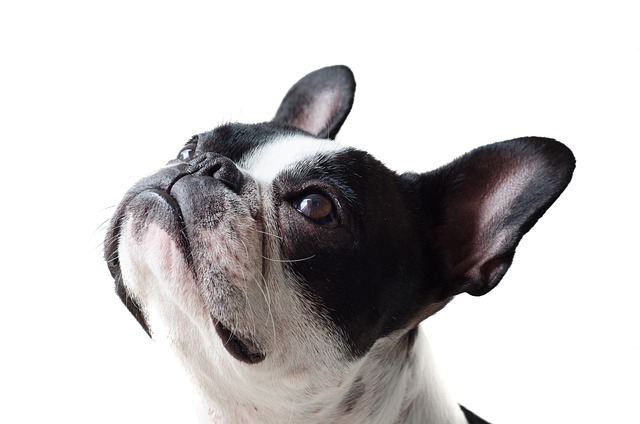
how to train a dog to not jump on the bed
When your pup’s paws hit the edge of the bed first thing in the morning, tail wagging like a metronome, it’s hard to stay firm—after all, those puppy eyes seem harmless.
That sinking feeling when you find shredded cushions or hear desperate barking echoing from your apartment as you return? You're likely dealing with canine separation anxiety – a genuine distress many dogs feel when left alone. It’s heartbreaking for them and stressful for you, especially navigating life in a city apartment. The good news? With patience and the right approach, you can help your furry friend feel calm and secure. Forget outdated "dominance" theories; modern training hinges on understanding dog psychology and positive reinforcement.
The core issue isn't disobedience; it's panic. Dogs are social animals. When left suddenly, their stress hormones surge, triggering destructive chewing, frantic barking, or indoor accidents – desperate attempts to cope or call you back. Punishing this fear only deepens their anxiety and erodes trust, which goes against everything modern animal welfare stands for here in the US. Think of it like helping a nervous child, not disciplining a naughty one. Your tools are patience, consistency, and making alone time positive.
Start small. Don't vanish for hours on day one. Grab your keys and put on your shoes like you're leaving, then just sit back down. Repeat until your dog barely glances up – you're desensitizing them to departure cues. Next, step outside for literally 30 seconds. Return calmly, ignoring over-the-top greetings until they settle. Gradually increase the time you're gone, building up over weeks, not days. It’s like building muscle memory for calmness. During these absences, make their space a happy zone. A stuffed Kong frozen with peanut butter or a puzzle toy dispensing kibble creates a powerful positive association. Crates, if introduced correctly as a cozy den (never forced punishment!), can offer security for many dogs. Remember the guy down in Chicago whose Beagle, Daisy, stopped howling after he started leaving her with a snuffle mat filled with her breakfast kibble? Small changes, big impact.
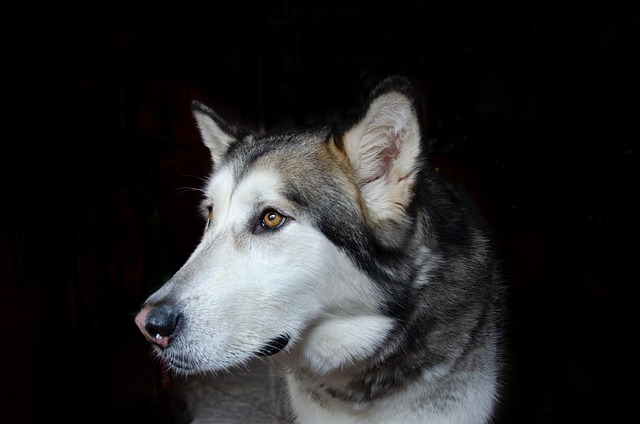
Living in an apartment? Be extra mindful. Noise complaints are a real headache. Ensure your training minimizes barking. Heavy curtains can muffle outside sights and sounds that trigger anxiety. Consider a white noise machine. Always check your lease for pet policies regarding noise and potential damage – responsible ownership is key. And absolutely, positive reinforcement dog training is non-negotiable in American pet culture. Shouting, hitting, or shock collars are ineffective, harmful, and widely condemned. Rewarding calm behavior with treats, praise, or a quick game when you return is the gold standard. It aligns perfectly with our values of humane treatment.
Before diving deep into separation anxiety training techniques, double-check essentials. Is your dog microchipped? Are their rabies and core vaccinations up-to-date? State laws vary, but compliance is mandatory. Never misrepresent a pet as a service animal – it’s unethical and illegal in many places. When exercising your dog, always, always clean up immediately. Carrying poop bags is non-negotiable park etiquette from Seattle to Miami – leaving messes gives all dog owners a bad name and risks fines. Exercise them well before you leave; a tired dog is generally a calmer dog. If you bump into neighbors or other dogs on your morning walk, practice good leash manners and ask before allowing greetings. Respecting shared spaces keeps the peace.
Overcoming separation anxiety takes commitment. Some days will feel like two steps forward, one step back. If progress stalls or the anxiety seems severe (think injuring themselves or extreme panic), consult your vet to rule out medical issues and a certified force-free behaviorist (look for credentials like CAAB or CCBC). They offer tailored strategies. Consistent, kind training using crate training benefits (when appropriate) and desensitization builds your dog's confidence. Soon, those frantic goodbyes will be replaced by a relaxed pup who might just nap until you walk back in the door, making your homecoming peaceful for everyone.

When your pup’s paws hit the edge of the bed first thing in the morning, tail wagging like a metronome, it’s hard to stay firm—after all, those puppy eyes seem harmless.

When your lab mix’s paws hit the dining table mid-dinner, knocking over a glass of water, it’s easy to sigh—but that jump isn’t defiance. Dogs are natural scavengers
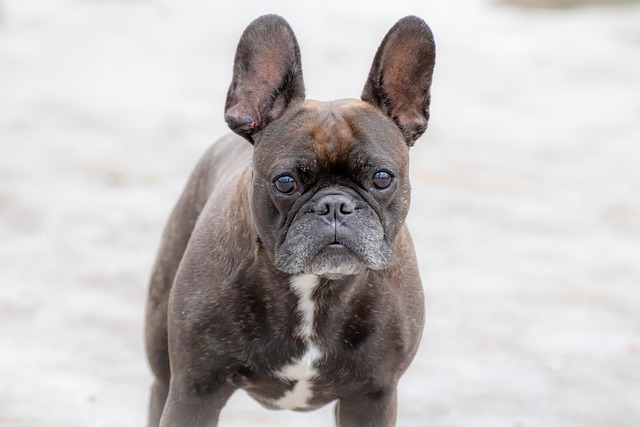
When your dog’s hackles rise, ears pin back, and low growls rumble in their throat, that tense body language isn’t “being bad”—it’s their way of saying
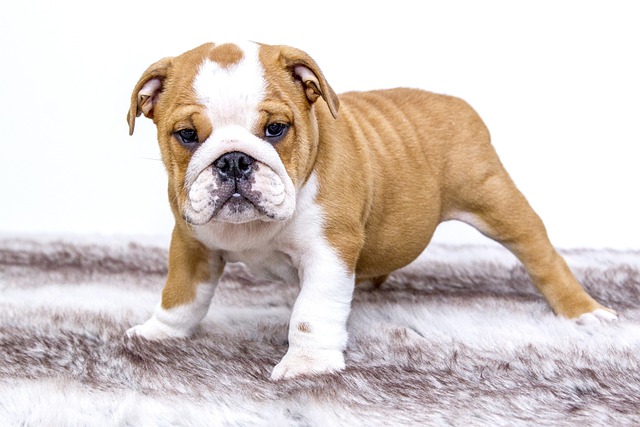
When your dog growls, snaps, or lunges—whether at a stranger, another pet, or even a sudden noise—it’s natural to feel the urge to “correct” the behavior firmly.
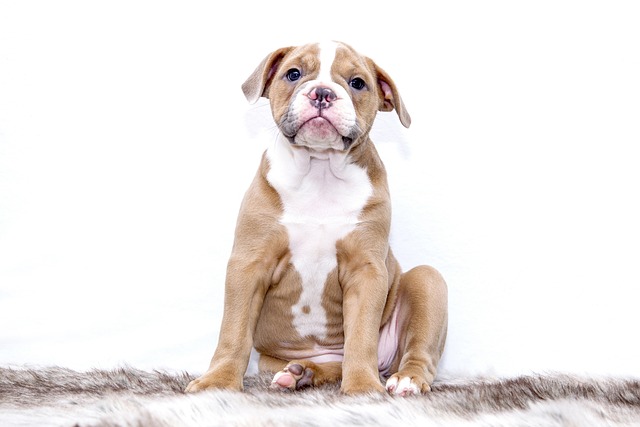
When you’re faced with a dog that growls, snaps, or lunges at other dogs, strangers, or even sudden sounds, it’s easy to feel discouraged
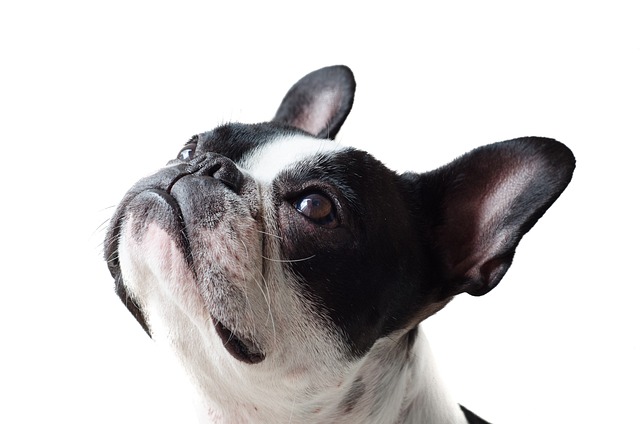
When your pup starts barking up a storm at the doorbell, the mailman, or even a squirrel outside the window, it’s easy to feel frustrated